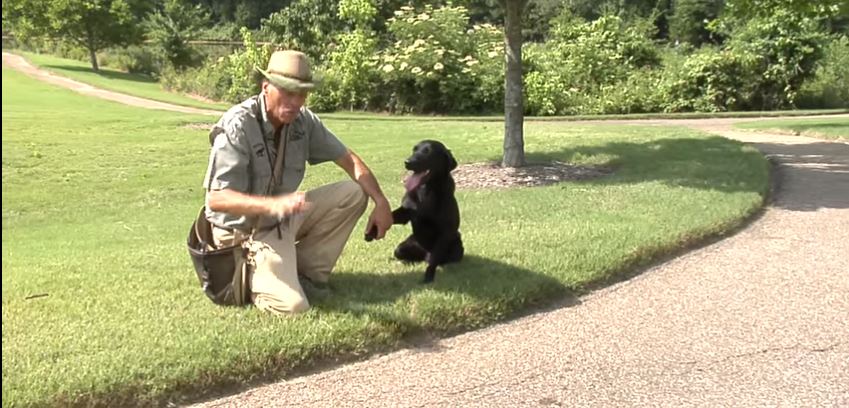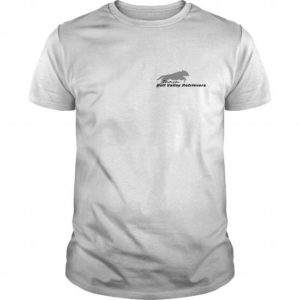Dog Training in the Heat
When the weather is warm, the way you go about training your dog matters. Here, tips for training in the heat will be discussed.
Grass and asphalt absorb heat differently, with asphalt and concrete surfaces feeling much warmer to the touch than grass or dirt. By nature, dogs are inefficient at cooling themselves. Approximately 90{df8cb9b89aa646120a504eba81fb87177e8b82bc4a339a7213530c60c8b2e64b} of their cooling capacity is through their mouths, while another 5{df8cb9b89aa646120a504eba81fb87177e8b82bc4a339a7213530c60c8b2e64b} occurs through their paw pads. The remaining 5{df8cb9b89aa646120a504eba81fb87177e8b82bc4a339a7213530c60c8b2e64b} occurs via evaporation. While 5{df8cb9b89aa646120a504eba81fb87177e8b82bc4a339a7213530c60c8b2e64b} may not seem like a lot, it can mean the difference between a hot dog and a dangerously overheated animal. Keep your dog’s cooling capacity at a maximum by training on grass and dirt whenever possible on warm days.
No matter where you train, your dog requires water in order to help decrease his or her core body temperature. Have a portable water bowl handy, and never allow your dog to drink out of a warm pond or stagnant water. Doing so can lead to infections such as Giardia or E.Coli. Bear in mind that if your dog refuses water, you could have a real heat-related problem on your hands.
Bull Valley Retrievers Shirts Now Available Click on Image for more information.


